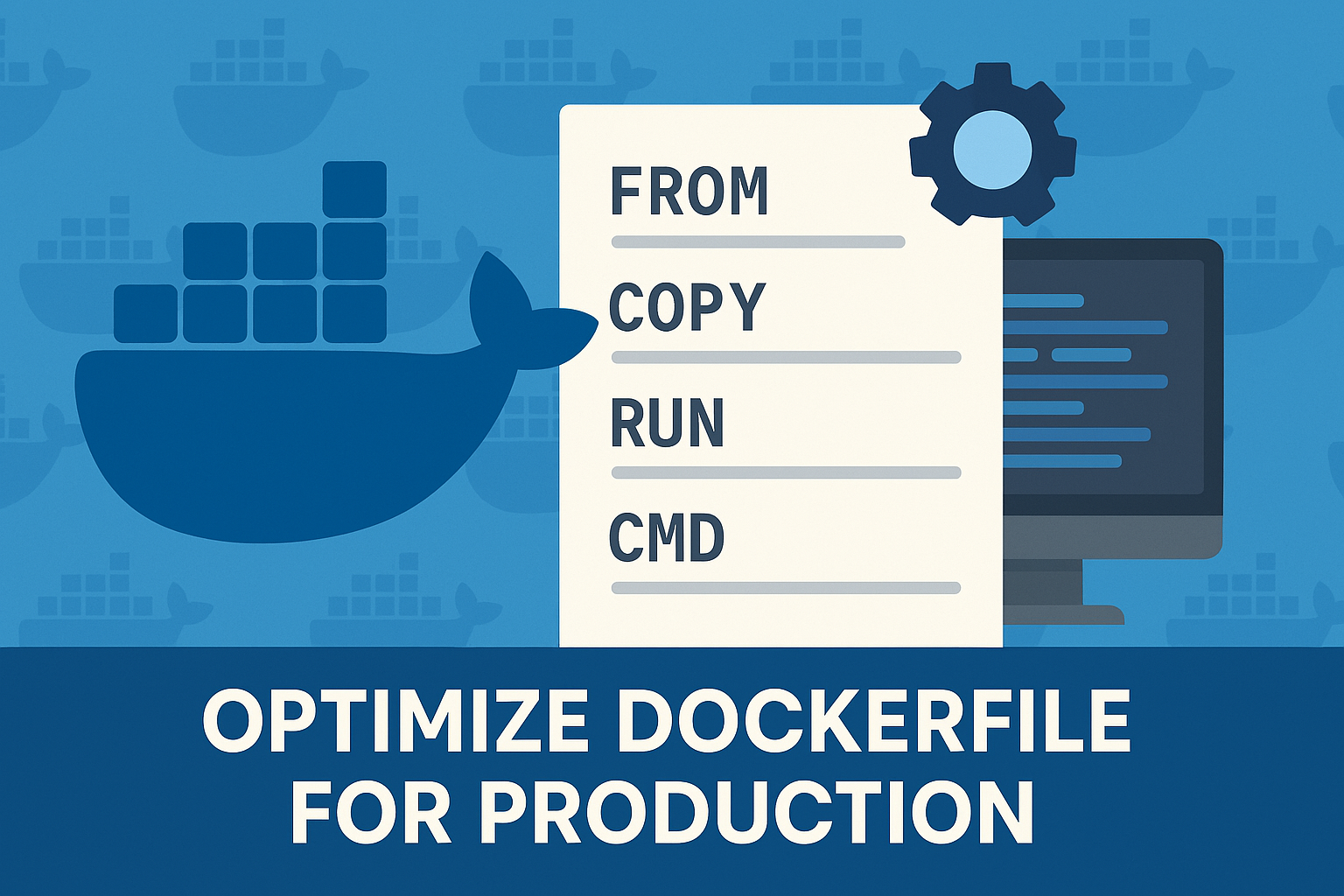Before delving into the specifics of Docker Compose, it’s essential to understand what Docker volumes are and why they are necessary. Volumes are a mechanism to persist and share data between containers and between container and host. Unlike the ephemeral nature of containers, which lose all their data when they are stopped or deleted, volumes are designed to persist data independently of the container’s lifecycle. This is crucial for databases, logs, or any data that needs to survive beyond the life of a container.
Why Use Docker Volumes in Docker Compose?
Docker Compose simplifies the process of running multi-container Docker applications. By defining services, networks, and volumes in a docker-compose.yml file, developers can specify their application’s entire runtime environment in a declarative manner. Using volumes in Docker Compose allows you to:
- Persist data generated by and used by Docker containers.
- Share data between containers and the host system.
- Store database information, such as MySQL or PostgreSQL data, outside of containers.
- Keep logs and other important files accessible and safe from container restarts or failures.
Define Volumes in Docker Compose
Defining volumes in Docker Compose involves two main steps: declaring the volume in the volumes section of your docker-compose.yml file, and then referencing this declaration within the service that requires access to the volume.
In your docker-compose.yml file, add a volumes section at the same level as the services section. This is where you will declare your volume names. For example:
version: '3'
services:
web:
image: nginx
volumes:
- web-data:/usr/share/nginx/html
volumes:
web-data:
This Docker Compose configuration leverages persistent storage through a named volume, web-data, mounted at /usr/share/nginx/html inside an nginx container. This setup ensures data stored in this directory persists across container restarts, providing a durable storage solution for static content served by Nginx.
Additional Tips
- Named vs. Anonymous Volumes: The example above shows a named volume, which is explicitly declared in the volumes section and can be easily referenced and managed. Docker also supports anonymous volumes, which are not declared and are automatically removed when no container is using them.
- Volume Drivers: Docker supports different volume drivers, allowing volumes to be hosted on remote hosts or cloud providers. This is specified in the volume configuration in the docker-compose.yml file.
- Permissions and Ownership: Managing file permissions and ownership can be challenging with Docker volumes, especially when sharing files between the host and containers. Make sure to set appropriate permissions to ensure your applications can read and write to the volumes as needed.
Conclusion
Understanding and implementing persistent storage with volumes in Docker Compose is crucial for managing stateful applications in containers. By following the steps outlined in this guide, beginners can start leveraging Docker volumes to ensure their data persists beyond the lifecycle of their containers, enhancing the robustness and reliability of their Dockerized applications. As you become more familiar with Docker and Docker Compose, you’ll discover even more ways to optimize your development and deployment workflows with volumes.

